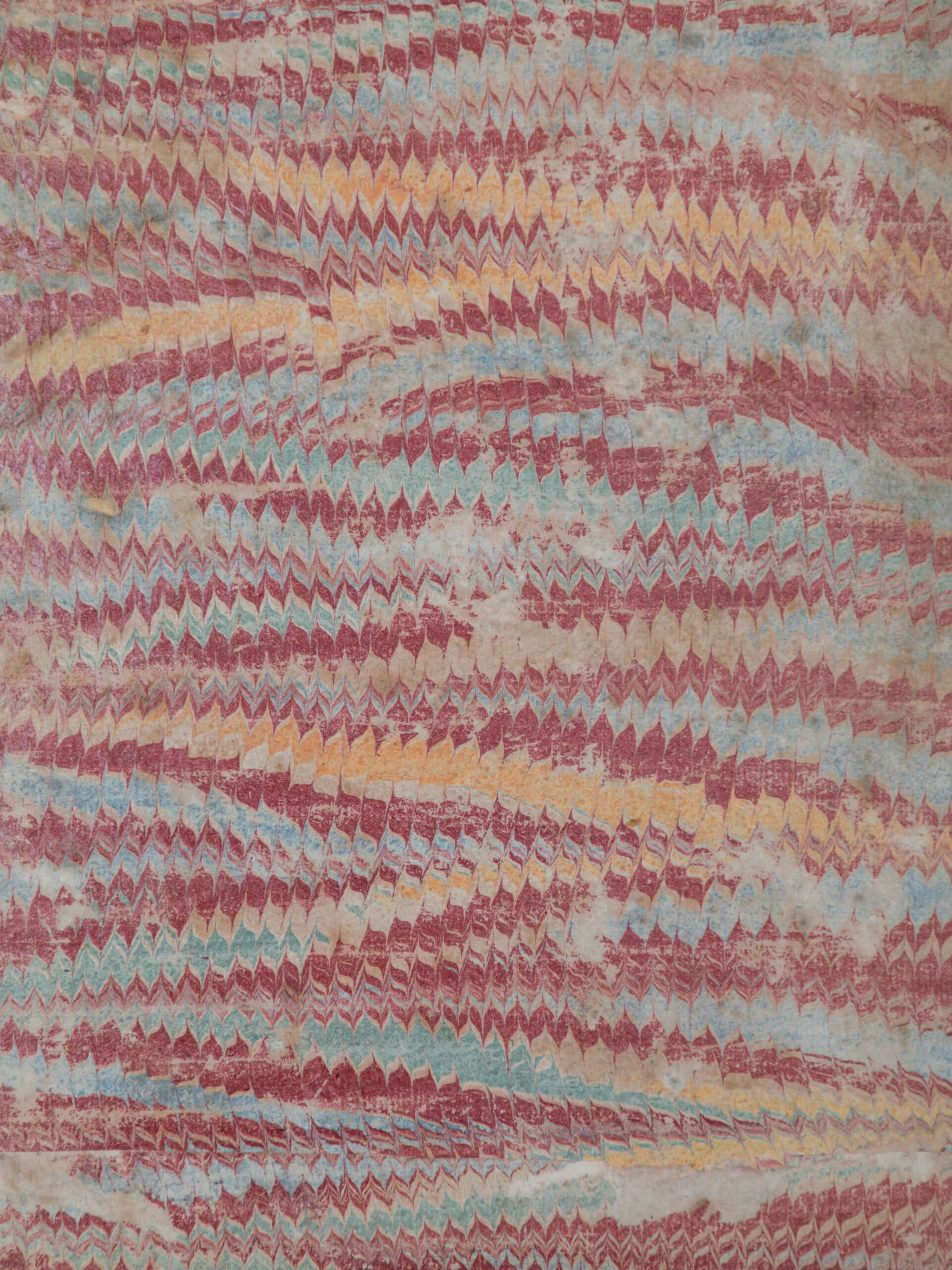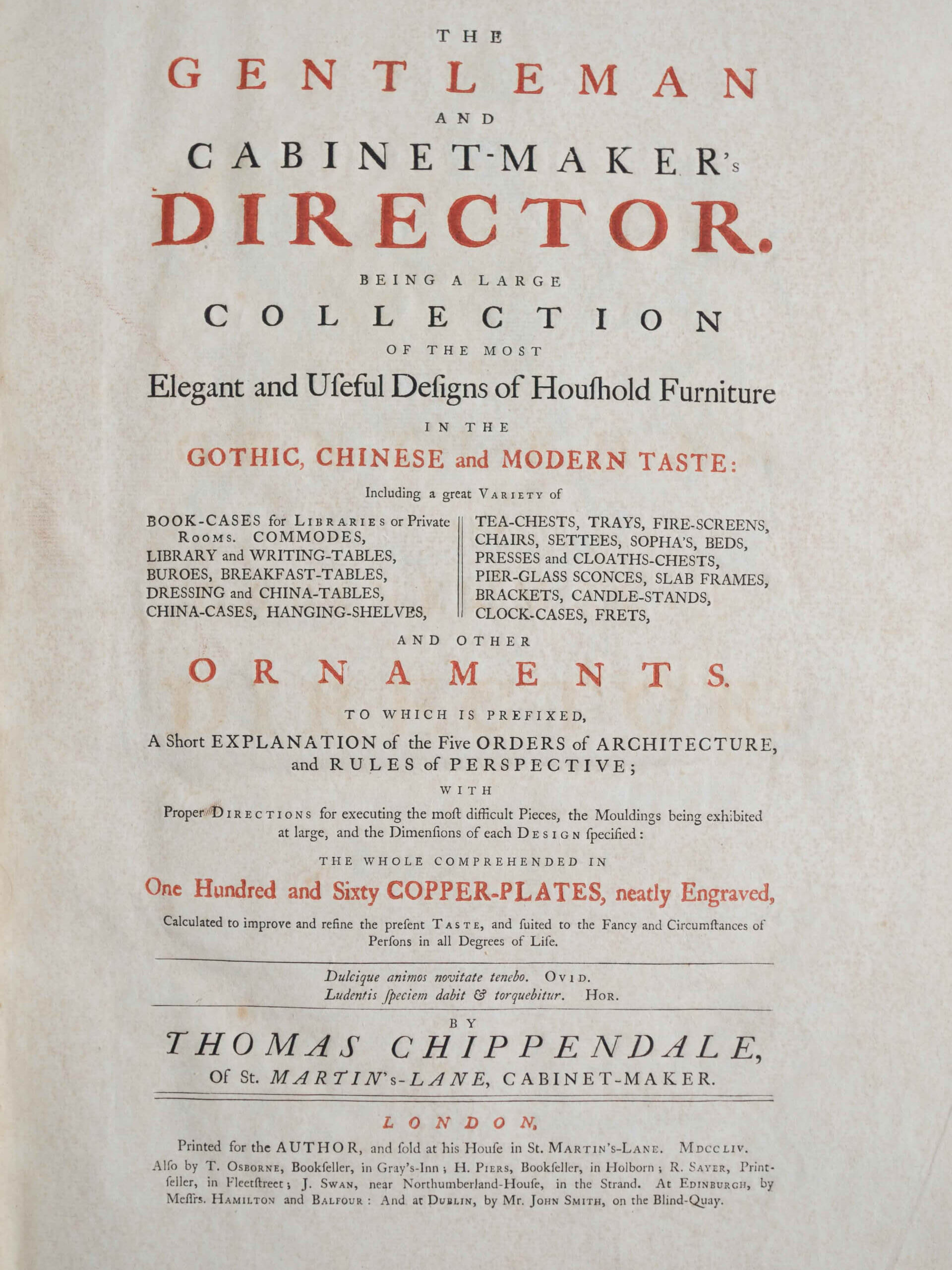Thomas Chippendale Sr (1718-1779) and Thomas Chippendale Jr (1749-1822)
Thomas Chippendale Sr (1718-1779) was a Yorkshire-born cabinet maker whose reputation was made through his talent as a designer and by the publication of an innovative pattern book; The Gentleman and Cabinet Maker’s Director, 1754.
The pattern book sold widely. Over twenty five percent of the first subscribers were from Scotland and furniture commissions from Scots patrons multiplied throughout the century.
With the help of Scottish partners, especially the Leith businessman James Rannie, Chippendale gained commissions to make furniture in a new rococo manner known as the ‘Director Style’, after the designs in his book of that name.
The furniture was tried and tested in Scotland by various interested patrons at houses such as Arniston, near Edinburgh (1757), Blair Castle, Perthshire (1758), and Dumfries House, Ayrshire (1759). Several of Chippendale’s successful designs were then published in a third edition of the Director, launched in 1762. Chippendale’s designs had such a widespread impact in Scotland that, by the late eighteenth century, furniture made to his patterns was as likely to be found in a croft as in a castle.
Later in the eighteenth century, when the rococo fashion had passed, Chippendale was able to combine some elements from the Director period, with new designs, that reflected the latest styles. He embraced neoclassicism, making elegant ensembles of furniture that perfectly complemented the new eighteenth century houses by Scots architect Robert Adam.
Paxton House and Wedderburn Castle were designed by the Adam Company and Thomas Chippendale designed and made furniture for both, commissioned by Ninian and Patrick Home. This furniture has a particular restrained and elegant appearance made of the best quality materials that has come to be known as ‘The Paxton Style’.
His son, Thomas Chippendale (Jnr) (1749-1822), an artist, designer and cabinetmaker studied under his father in the company’s workshops in St Martin’s Lane, London, just a few doors along from Patrick Home’s London townhouse. Father and son worked together until Chippendale Snr retired in 1776. His son continued the business developing restrained neo-classical styles. He furnished Wedderburn Castle and Patrick’s London home in Lower Gower Street (some of this furniture came to Paxton after Patrick’s death), Stourhead, and many other commissions until 1820. He also furnished the Withdrawing Room at Paxton in 1789-91.


